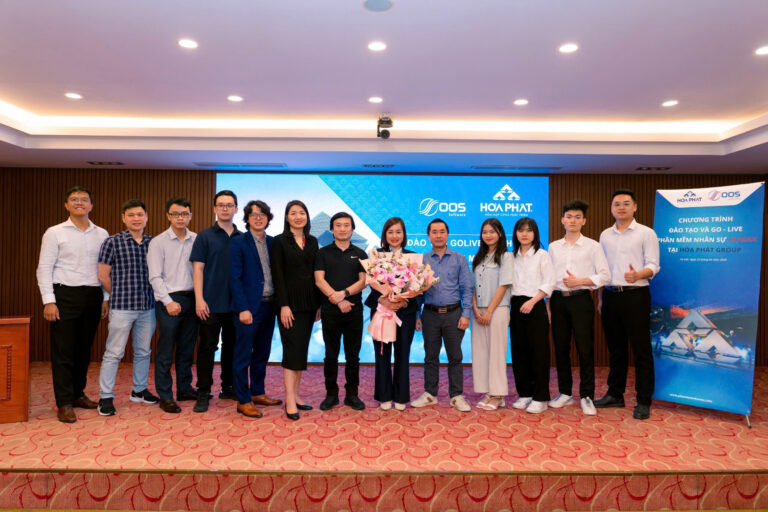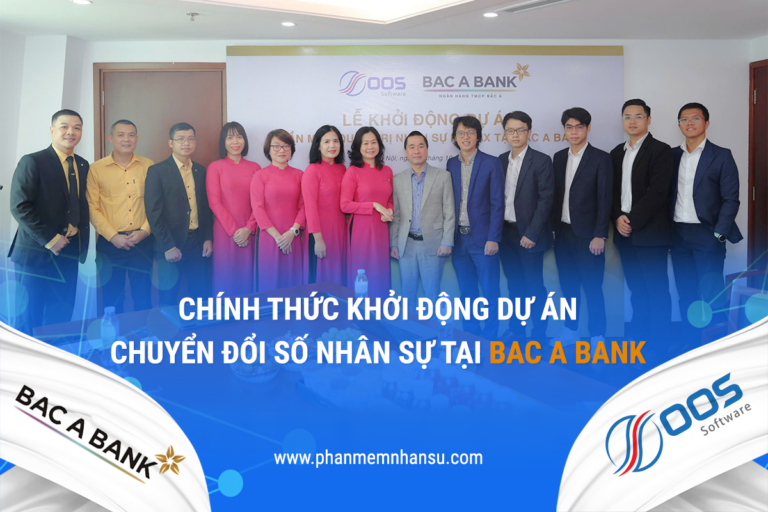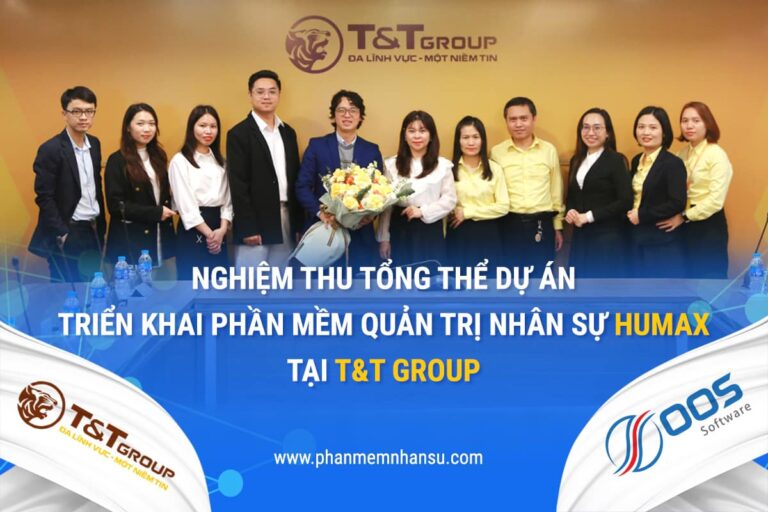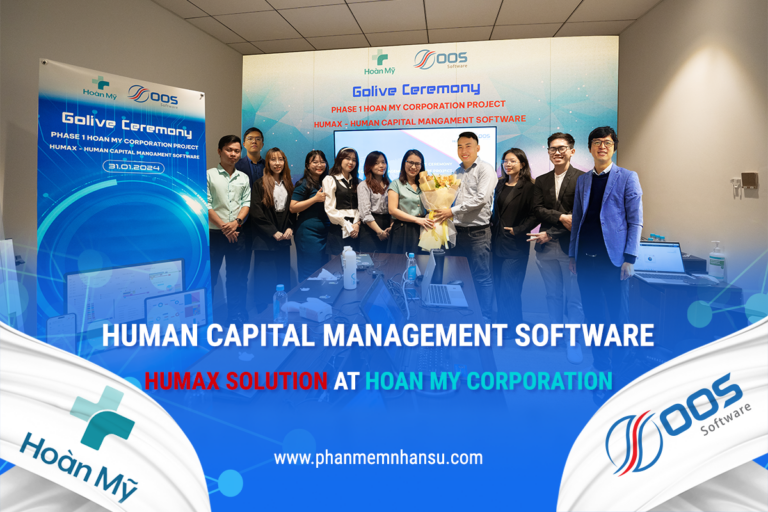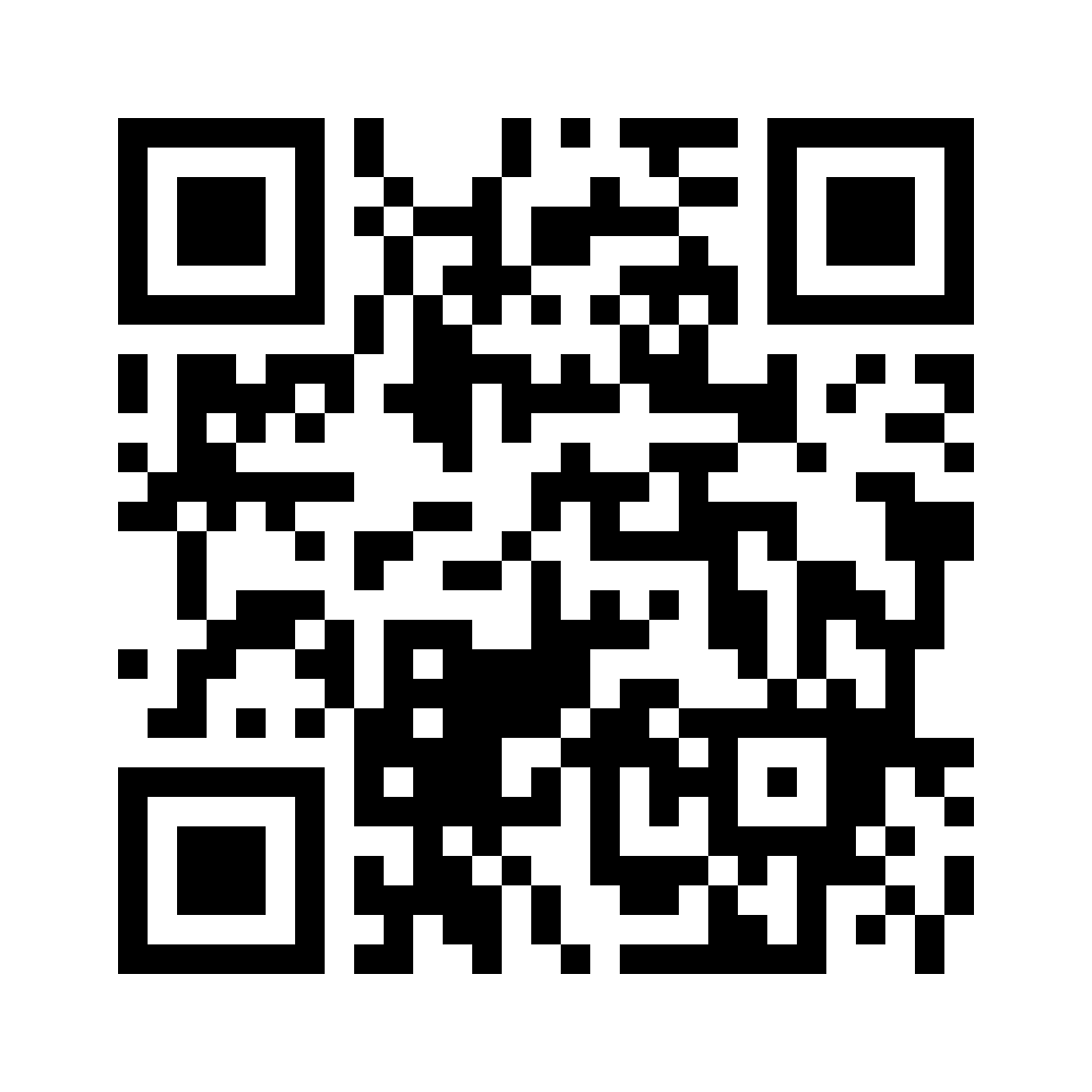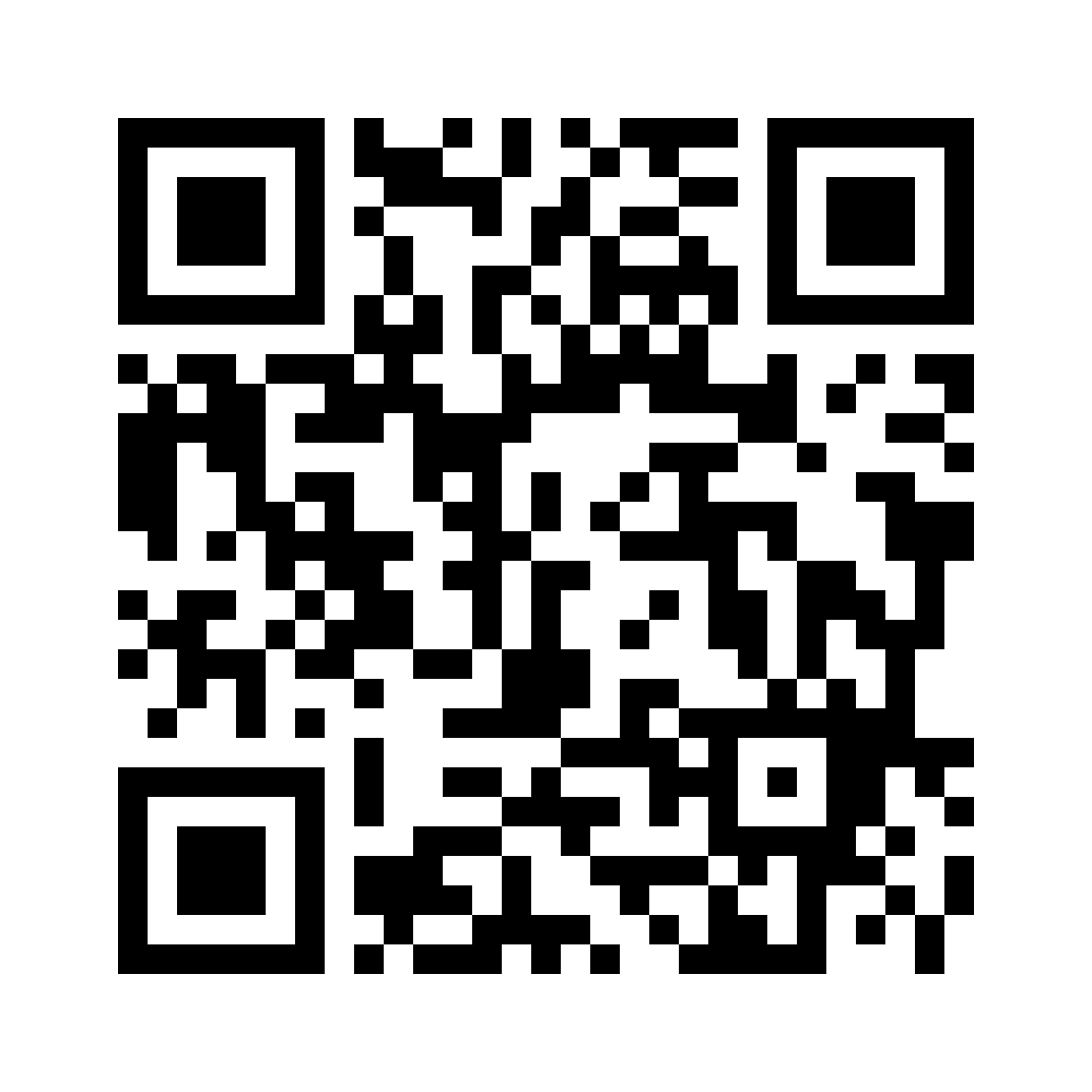Hiring the wrong person is no different from a "poison" for businesses, especially for businesses that are on the rise. Not only is it costly in terms of costs and time, unsuitable personnel can also easily cause the company/department to fall into a state of demoralization, reduce productivity and even encounter legal problems. So how to "recruit correctly"? So that among the dozens, hundreds, even thousands of candidate CVs pouring in every year, can employers be alert enough to recognize which are the "potential candidates" for the job and the company's culture?
What is a potential candidate portrait?
Similar to building a portrait of a potential customer to serve sales, a portrait of a potential candidate (candidate persona) is a detailed description of the candidate that the employer wishes to recruit to the company. It not only shows the company's spirit and recruitment will but also helps candidates self-assess their suitability before submitting their CV. Potential candidate portraits are built based on the characteristics and criteria of the vacancy including information such as:
- Age, education level
- Number of years of work experience
- Work undertaken year after year
- Goals and ambitions at work
- Frequency of job changes
- Achievements achieved
- Difficulties encountered at work

Remember that a detailed, understanding portrait of the business and the vacancy will help employers quickly get closer to a great employee.
Why do businesses need to build potential candidate portraits?
If in love and marriage we always have "ideal models" to pursue: he is around 30 years old, has a stable job, may not be rich but has the will to rise, is animal lovers, family-oriented,... Those are the factors that help us eliminate people who do not share the same life values we pursue. People who meet the 80% requirements are golden candidates to advance. to marriage. Likewise, potential candidate portraits help employers clearly understand the "golden values" that the company pursues and exclude unsuitable candidates. From there, businesses can easily set up recruitment materials to attract candidates:
- Job Description
- Compensation, benefits, and company culture will attract potential candidates,
- Appropriate recruitment sources and channels
- Types of application forms, business introduction letters, job offer letters,...
- Integration program, onboarding,...
After establishing clear and detailed standards and factors to attract candidates, employers will quickly select suitable candidates right from the application round and the quality of interviews will be improved. is greatly enhanced when you know what you are looking for from your interview participants. When an employee is recruited to the right position the company needs, they not only save a lot of recruitment costs but also help the company increase the performance of a certain area of work, instead of important positions. can bring efficiency and boost the working spirit of the entire company.
See more: Building a 5-step recruitment process to attract talent for businesses
4 steps to build candidate portraits suitable for your business.
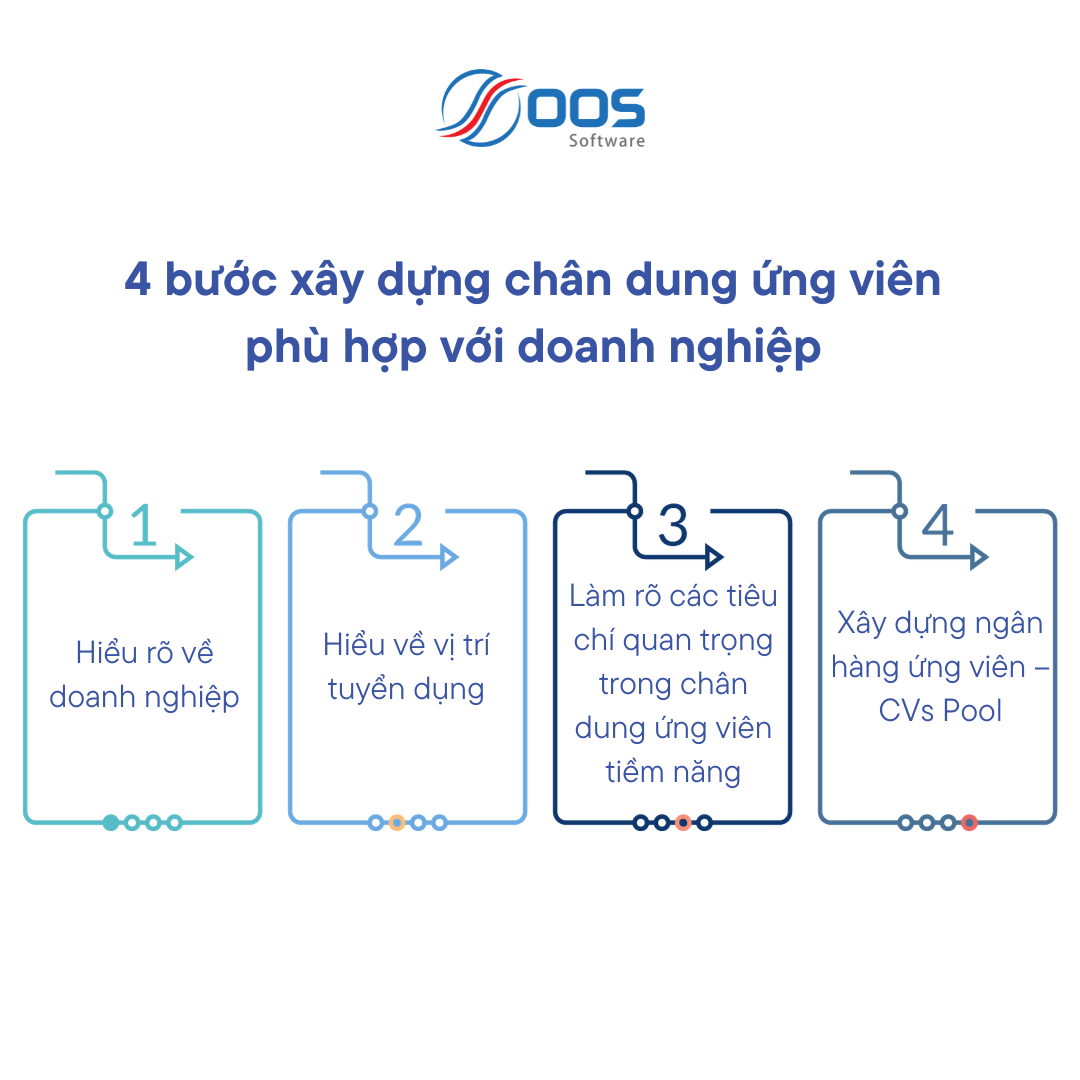
Understand the business well.
A potential candidate is not the best candidate but the most suitable candidate for the company. So what is a suitable candidate for the company? This is a question that requires recruiters to have an understanding of the field, business goals, core values, and company culture. From this understanding we can come up with the qualities that companies look for in candidates. You will easily imagine what kind of work history must be in order to meet the company's requirements?
Understand the vacancy
After clearly understanding the wishes of the business, the recruiter must next understand the vacancy. It's not simply about what position it is, or the job requirements that departments provide, the challenge for the human resources department is to grasp the characteristics, professional requirements, and experience of each individual. location. What are the important factors, what are the disturbing factors in each candidate's CV? What is different about this position according to the company's model compared to the market? What is the culture of the departments that needs attention, what do they "expect" from the people they are about to work with?
Clarify important criteria in potential candidate portraits
After clarifying the expectations of the position, it is time to be more specific with detailed criteria and scoring for each section so that candidate selection is less emotional. (Score depends on the division and suitability of each business)
Table describing potential candidate portraits
| Criteria | Notes |
| Area | The position the company wants the candidate to work in, whether the candidate is far or near the work area, determines a lot about the ability to stick with the company. |
| Age | Depending on each vacancy, employers also need to define appropriate age ranges. In addition, the average age of the employees working for the company should also be considered when setting the recruitment age so that new and old employees can easily harmonize and bond. |
| Sex | Gender is no longer clearly distinguishable in most occupations, however in some positions with special service or health requirements, this is also an issue that employers should consider. Additional note. |
| Education and relevant qualifications | This is the factor that serves as the basis for the first evaluation of candidates for positions without much experience. In addition, with highly academic positions, this is also a factor to consider |
| Experience | It's not simply how many years of experience a candidate has, what company or position they work at. Employers need to describe in detail the necessary experience for the job position at the company and compare it with the experience the candidate has to compare the level of suitability. |
| Skill | Working skills are often forgotten by candidates or written in quite general terms. As an employer, you need to clearly understand what are the ideal skills for the position? How will that skill be demonstrated through the candidate's previous jobs and experiences? And don't take it lightly! |
| Career goals | Set career goals as well as establish the candidate's development path at the company. A candidate whose personal development orientation is similar to that of a company will tend to contribute and stay long-term with that company. The question is: "What career goals do employers want candidates to have?" |
| Hobbies and culture | Don't ignore this seemingly "extra" criterion. This is a criterion that helps employers determine whether the candidate's "human" qualities, personality, and culture match the culture of the business? A candidate whose interests, personality, and culture match the company's will most naturally be welcomed by other employees. |
See more: 10 steps to build a standard recruitment process for businesses
Build a candidate bank – CVs Pool
After establishing internal criteria, employers need to compare the business's criteria with the level of response and the standards of the labor market: general characteristics of candidates, criteria, requirements. Candidates' needs for work, environment, regime and company culture. This will help us not build candidate models that only exist in our imagination, or that can only exist "in the sky". There are many ways for businesses to understand the needs of the labor market, but one of them the most optimal way but little attention is paid, causing a waste of resources: Build a candidate bank – CVs Pool.
A candidate bank allows employers to store and classify candidates by position and each company's recruitment period. From there, employers can easily compile recruitment data, find out the characteristics of each recruitment season and the characteristics of each position that change over time. Combined with previously built internal criteria, along with candidate data stored over time, employers will easily establish a potential candidate profile that is suitable for the business. . Not only that, building a candidate bank also helps the human resources department save maximum recruitment costs. When candidate profiles arrive and are screened during this recruitment period, they will have useful data. But potential candidates for the next recruitment round. Taking full advantage of the Candidate Bank will bring a significant competitive advantage to businesses in recruiting talent.
Designing a candidate bank requires businesses to apply new technologies of human resource management rather than manual storage in excel files or folders on drivers. Therefore, to build an effective candidate bank, recruiters should look to specialized human resource management software providers for advice based on each model and need of each business. .
summary
Building a portrait of potential candidates is a particularly important thing that businesses need to aim for in the effective recruitment process and is a new recruitment trend that helps both potential candidates and businesses find each other. large recruitment market. If you are interested in an in-depth recruitment solution for your business, contact OOS today!
OOS Software has more than 10 years of accompanying many businesses and corporations. Contact now to get advice on Recruitment Software for your Business.

